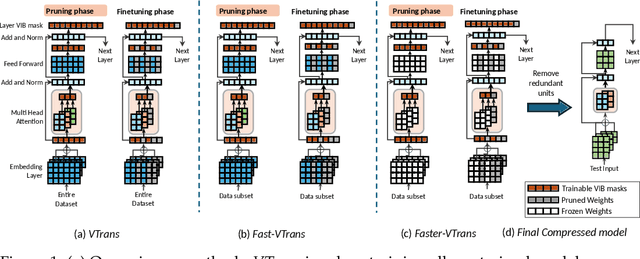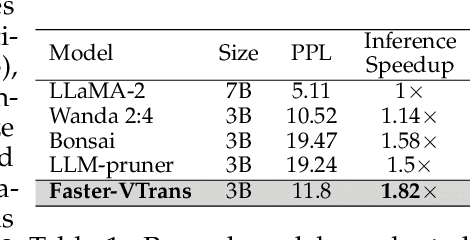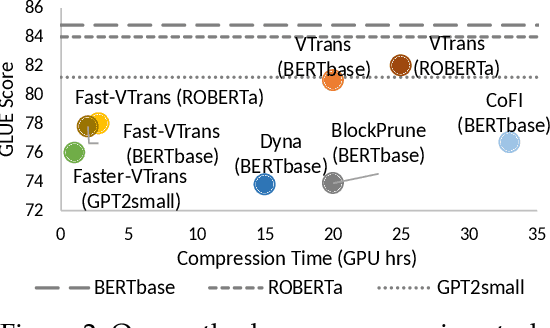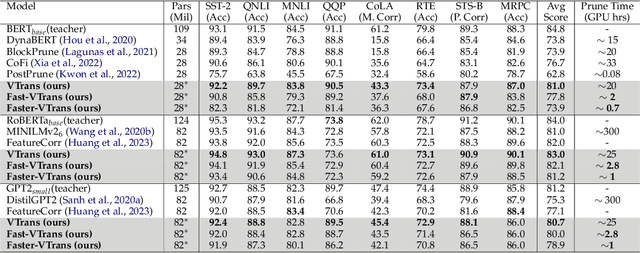Ritvik Gupta
Specialized Foundation Models Struggle to Beat Supervised Baselines
Nov 05, 2024



Abstract:Following its success for vision and text, the "foundation model" (FM) paradigm -- pretraining large models on massive data, then fine-tuning on target tasks -- has rapidly expanded to domains in the sciences, engineering, healthcare, and beyond. Has this achieved what the original FMs accomplished, i.e. the supplanting of traditional supervised learning in their domains? To answer we look at three modalities -- genomics, satellite imaging, and time series -- with multiple recent FMs and compare them to a standard supervised learning workflow: model development, hyperparameter tuning, and training, all using only data from the target task. Across these three specialized domains, we find that it is consistently possible to train simple supervised models -- no more complicated than a lightly modified wide ResNet or UNet -- that match or even outperform the latest foundation models. Our work demonstrates that the benefits of large-scale pretraining have yet to be realized in many specialized areas, reinforces the need to compare new FMs to strong, well-tuned baselines, and introduces two new, easy-to-use, open-source, and automated workflows for doing so.
VTrans: Accelerating Transformer Compression with Variational Information Bottleneck based Pruning
Jun 11, 2024



Abstract:In recent years, there has been a growing emphasis on compressing large pre-trained transformer models for resource-constrained devices. However, traditional pruning methods often leave the embedding layer untouched, leading to model over-parameterization. Additionally, they require extensive compression time with large datasets to maintain performance in pruned models. To address these challenges, we propose VTrans, an iterative pruning framework guided by the Variational Information Bottleneck (VIB) principle. Our method compresses all structural components, including embeddings, attention heads, and layers using VIB-trained masks. This approach retains only essential weights in each layer, ensuring compliance with specified model size or computational constraints. Notably, our method achieves upto 70% more compression than prior state-of-the-art approaches, both task-agnostic and task-specific. We further propose faster variants of our method: Fast-VTrans utilizing only 3% of the data and Faster-VTrans, a time efficient alternative that involves exclusive finetuning of VIB masks, accelerating compression by upto 25 times with minimal performance loss compared to previous methods. Extensive experiments on BERT, ROBERTa, and GPT-2 models substantiate the efficacy of our method. Moreover, our method demonstrates scalability in compressing large models such as LLaMA-2-7B, achieving superior performance compared to previous pruning methods. Additionally, we use attention-based probing to qualitatively assess model redundancy and interpret the efficiency of our approach. Notably, our method considers heads with high attention to special and current tokens in un-pruned model as foremost candidates for pruning while retained heads are observed to attend more to task-critical keywords.
 Add to Chrome
Add to Chrome Add to Firefox
Add to Firefox Add to Edge
Add to Edge